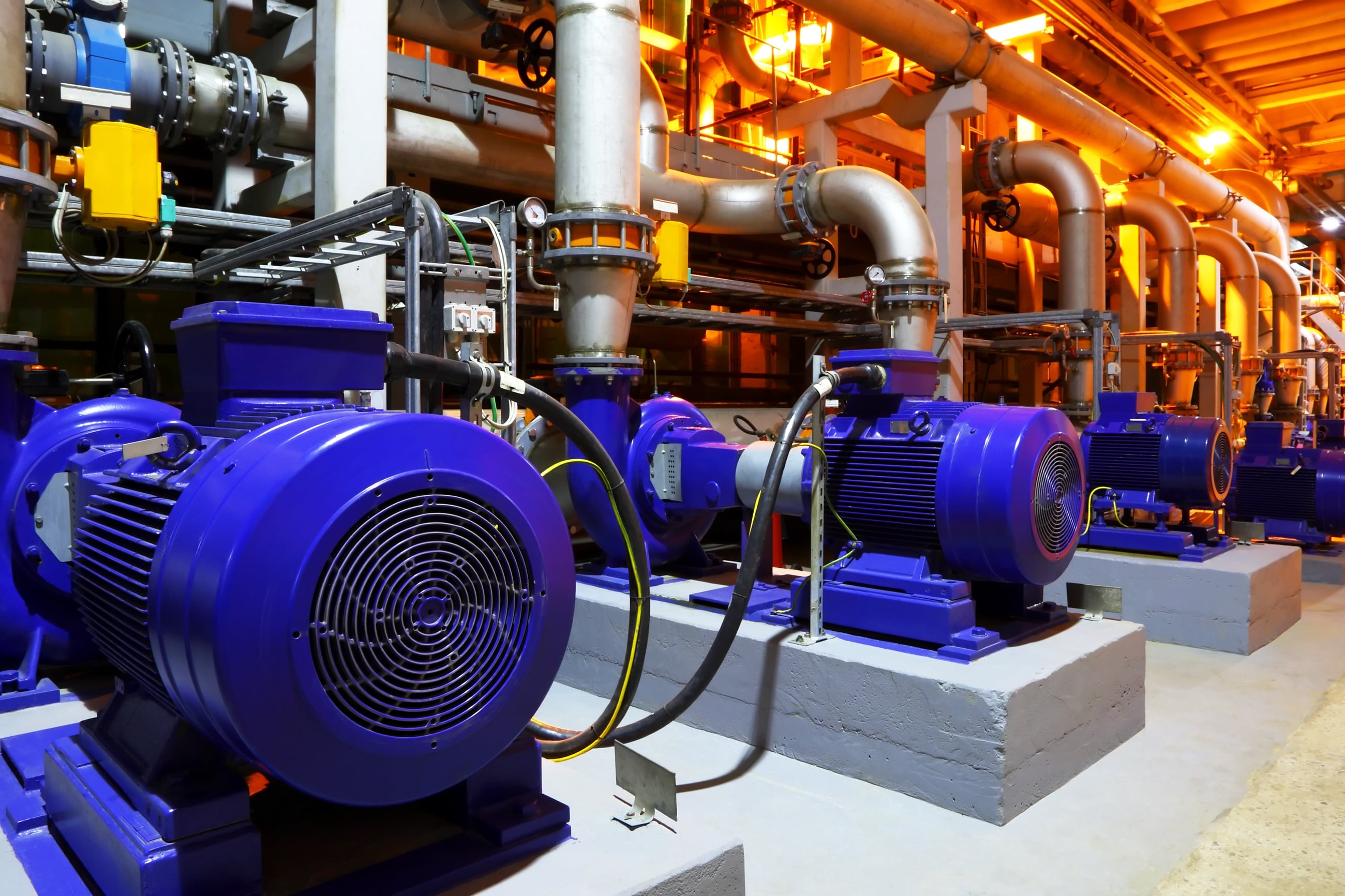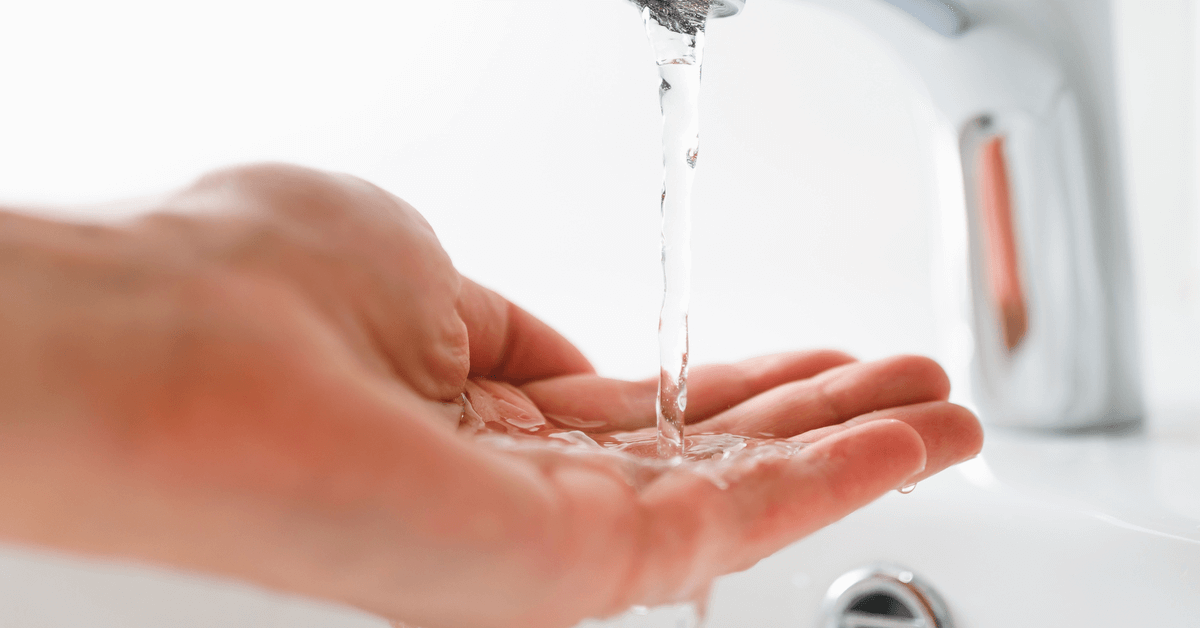Effective Solutions for Managing Low Water Pressure in Your Home
Effective Solutions for Managing Low Water Pressure in Your Home
Blog Article
Here underneath you might get a bunch of brilliant tips about 9 Reasons for Low Water Pressure in Your House.

Low tide pressure in your house can be an aggravating issue, impacting everything from bathing to washing recipes. If you're experiencing weak water flow, there are a number of possible causes and solutions to discover. In this overview, we'll review common factors for low tide pressure and sensible steps to address the concern successfully.
Introduction to Low Water Stress
Low water pressure takes place when the flow of water from your taps, showers, and other components is weaker than common. This can make everyday tasks more tough and much less reliable. Recognizing the root causes of low water pressure is important to locating the best service.
Usual Root Causes Of Low Tide Stress
Faulty Pressure Regulatory Authorities
Pressure regulators are in charge of maintaining regular water pressure in your home. If they malfunction, it can lead to low water stress or unequal flow throughout your home.
Local Water Supply Issues
Occasionally, the issue exists outside your home. Local water issues, such as main line leakages or upkeep job, can temporarily reduce water stress in your area.
Pipeline Obstructions
Gradually, pipes can become clogged with mineral deposits, sediment, or particles, limiting the circulation of water. This is a common concern in older homes with galvanized steel pipelines.
Corrosion
Rust within pipes can bring about leaks and reduced water pressure. Rust accumulation can restrict water flow, especially in maturing plumbing systems.
How to Diagnose Low Water Pressure
Examining Pipes
Inspect noticeable pipelines for indicators of leakages, deterioration, or obstructions. Take notice of any type of uncommon audios, such as banging or rattling pipes, which might suggest issues within the plumbing system.
Consulting with a Plumber
If you're unable to determine the cause of low tide stress, consider employing an expert plumber to conduct a comprehensive assessment. They can recognize underlying issues and advise suitable services.
Examining Faucets and Fixtures
Start by testing the water stress at various taps and fixtures throughout your home. If the problem is separated to specific locations, it might show localized problems.
DIY Solutions to Fix Low Water Stress
Flushing Hot Water Heater
Debris build-up in the water heater can limit circulation and decrease efficiency. Flushing the storage tank occasionally aids eliminate sediment and keep optimum performance.
Inspecting Stress Regulatory Authority
Guarantee that the pressure regulator is functioning appropriately. Readjusting or replacing the regulatory authority can help recover correct water stress throughout your home.
Cleaning Aerators and Showerheads
Natural resources can build up in aerators and showerheads, lowering water flow. Remove and cleanse these components on a regular basis to boost water stress.
Clearing Clogs in Pipeline
For small blockages, attempt utilizing a plumbing serpent or chemical drainpipe cleaner to clear blockages in pipes. Beware when utilizing chemicals and adhere to safety and security standards.
When to Call an Expert Plumber
If do it yourself initiatives stop working to resolve the problem or if you think considerable plumbing troubles, it's ideal to seek help from a certified plumber. They have the expertise and devices to deal with complicated concerns safely and successfully.
Safety Nets to Maintain Water Stress
Installing a Stress Booster
Take into consideration setting up a stress booster pump to boost water pressure in locations with continually low circulation. This can be specifically useful for multi-story homes or homes with high-demand fixtures.
Surveillance Water Use
Bear in mind water usage behaviors and prevent overtaxing the plumbing system. Easy changes, such as staggering showers and washing lots, can aid keep sufficient water stress.
Routine Maintenance
Schedule routine upkeep for your plumbing system to stop issues such as deterioration, leaks, and obstructions. Attending to small troubles early can assist avoid even more significant fixings in the future.
Conclusion
Taking care of low tide stress can be irritating, yet determining the underlying causes and applying proper services can restore ideal flow throughout your home. Whether it's cleaning up aerators, checking pipelines, or speaking with a plumber, taking proactive actions can make certain a constant supply of water for your daily demands.
FOUR WAYS TO FIX LOW WATER PRESSURE NOW
Turning on a shower or faucet only to find the water comes out in a sad, slow drizzle is never a good feeling. How exactly are you supposed to wash a pan or take a quick shower when it takes 10 minutes just to rinse off a little soap? The good news is that when your water pressure is bad, there's always a cause: typically one that can be easily fixed. Here are some of the most common causes of low pressure and what you can do to fix the issue:
DEBRIS AND MINERAL DEPOSIT BUILDUPS
If you notice low water pressure from just one or two of the fixtures in your house, the problem likely has to do with debris buildup. Water is full of minerals and other debris, all of which can accumulate in your pipes and on your fixtures. This can cause a blockage that affects how much water flows through. To fix this, try filling a small plastic bag with white vinegar, and use a rubber band to hang it around your showerhead or faucet. Let the head of the fixture soak for a few hours, and the vinegar should loosen the deposits.
WATER LEAKS
Leaks are another common cause of low water pressure. If water is flowing out of your plumbing through a hole or crack before it can reach your fixture, the pressure coming out of the faucet or showerhead will be lower. A plumbing professional is your best bet for finding and repairing a leak in your water supply pipes.
Leaks are another common cause of low water pressure. If water is flowing out of your plumbing through a hole or crack before it can reach your fixture, the pressure coming out of the faucet or showerhead will be lower. A plumbing professional is your best bet for finding and repairing a leak in your water supply pipes.
A VALVE ISSUE
If you have low water pressure throughout your home, check your main shut-off valve to make sure it's completely open. You may also want to see if there's a pressure-reducing valve installed. If there is, have a plumber help you adjust the settings to get the pressure you're looking for.
OTHERS USING WATER
Believe it or not, your low water pressure could be caused by your neighbors. If you notice low pressure at certain times of day, it may be because you and the people living next to you have similar schedules - when everyone is showering at the same time, the pressure will be lower in every home. Low pressure throughout the neighborhood may also be caused by an issue with your municipal water supply. If that's the case, call the supplier to see if they're working on the issue.
https://www.rotorooter.com/blog/water-leaking/low-water-pressure-fixes/

I found that content about 9 Reasons for Low Water Pressure in Your House when doing a lookup on the internet. Sharing is nice. Helping others is fun. Bless you for your time. Revisit us soon.
View Website Report this page